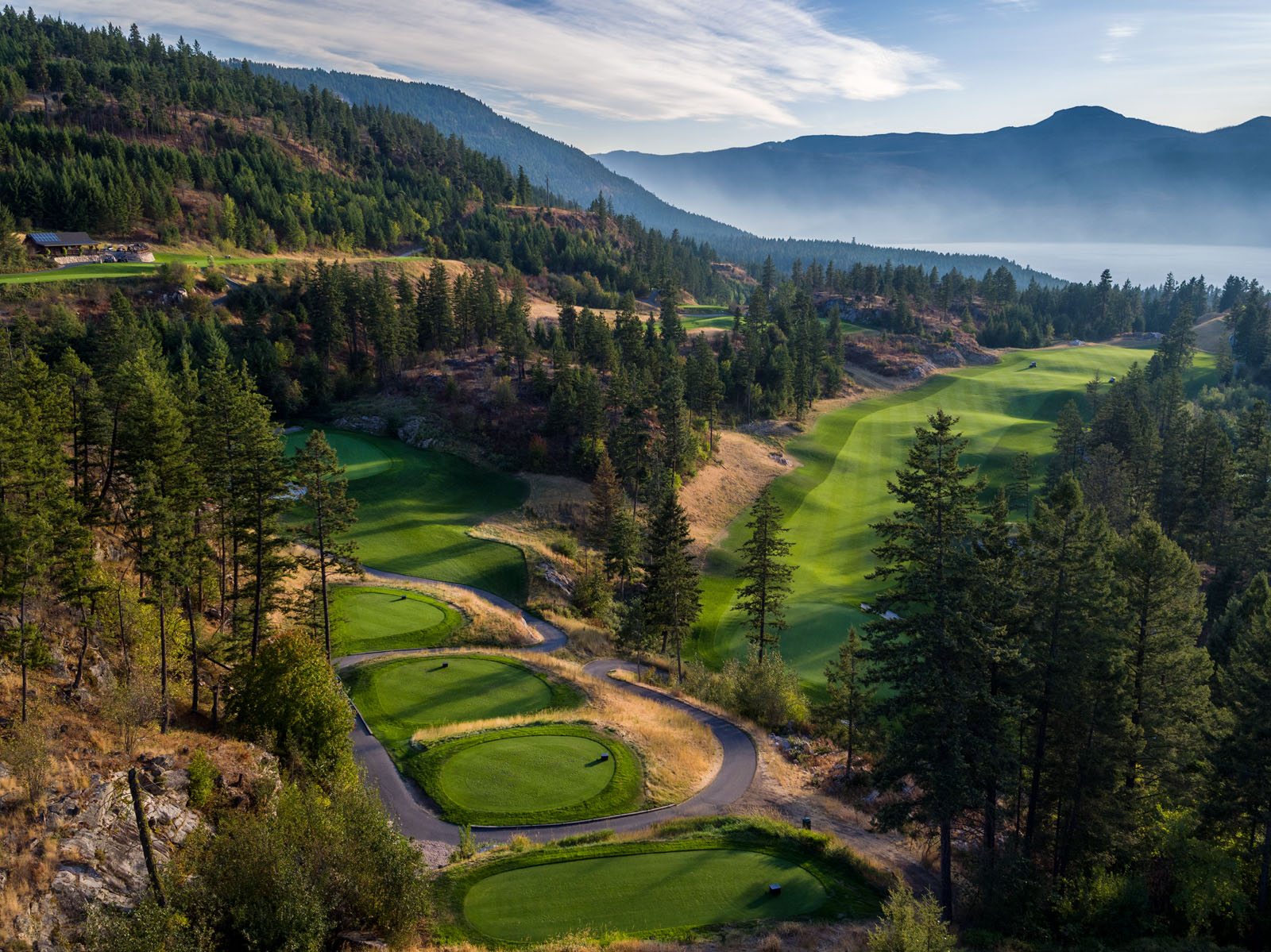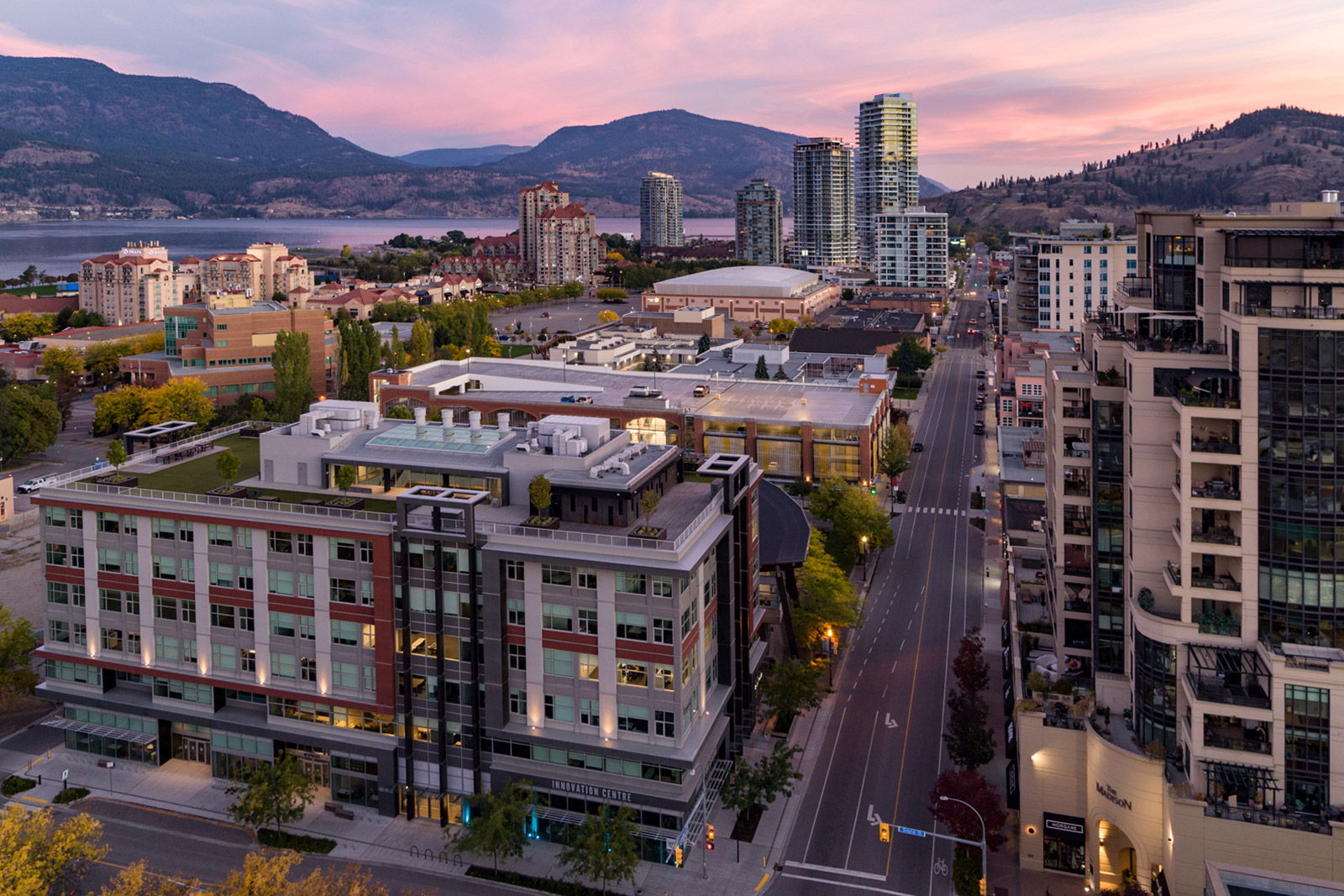Drone laws in Canada are among the strictest in the world. But before there were flying cameras, I spent 12 years dangling from helicopters. I’d land back on flat ground, bruised and battered from high speed turns while chasing speedboats, and a memory card full of aerial photography. Seeing my clients’ faces light up made it all worthwhile.
And then, in 2012, everything changed. Drone technology evolved, and what was once reserved for military operations became available to commercial photographers like me. Together with a business partner, we spent nearly $30,000 building out one of the most advanced photography drones in the world. It had eight rotors, weighed far too much and required two operators to fly.
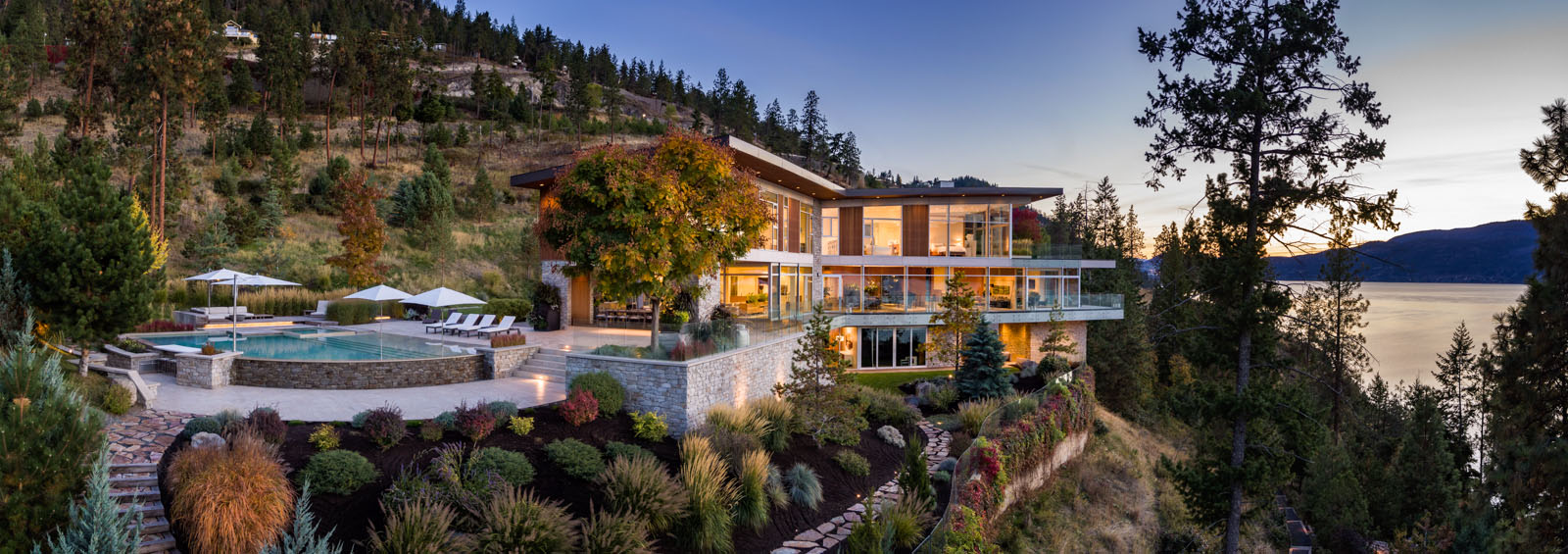
Fast-forward to 2023, and drones (now far less expensive than in 2012) have become a standard part of my toolkit. I bring a drone with me to every architectural photography assignment and have captured images that my industrial, tourism and real estate clients love.
In some places I’ve photographed, you can just send your drone into the sky and start shooting. But drone laws in Canada are very strict. Throughout my years as a licensed drone operator and pilot of small aircraft, I’ve developed a deep understanding of these complex regulations.
Here are three things you should know about drone laws in Canada before your next aerial photoshoot.
1. Do I need a license to fly a drone in Canada?
If your drone weighs more than 250 grams, you need a license. That means for all professional commercial, architectural and hospitality photoshoots, your aerial photographer needs to be licensed and must carry their drone pilot certificate whenever they fly.
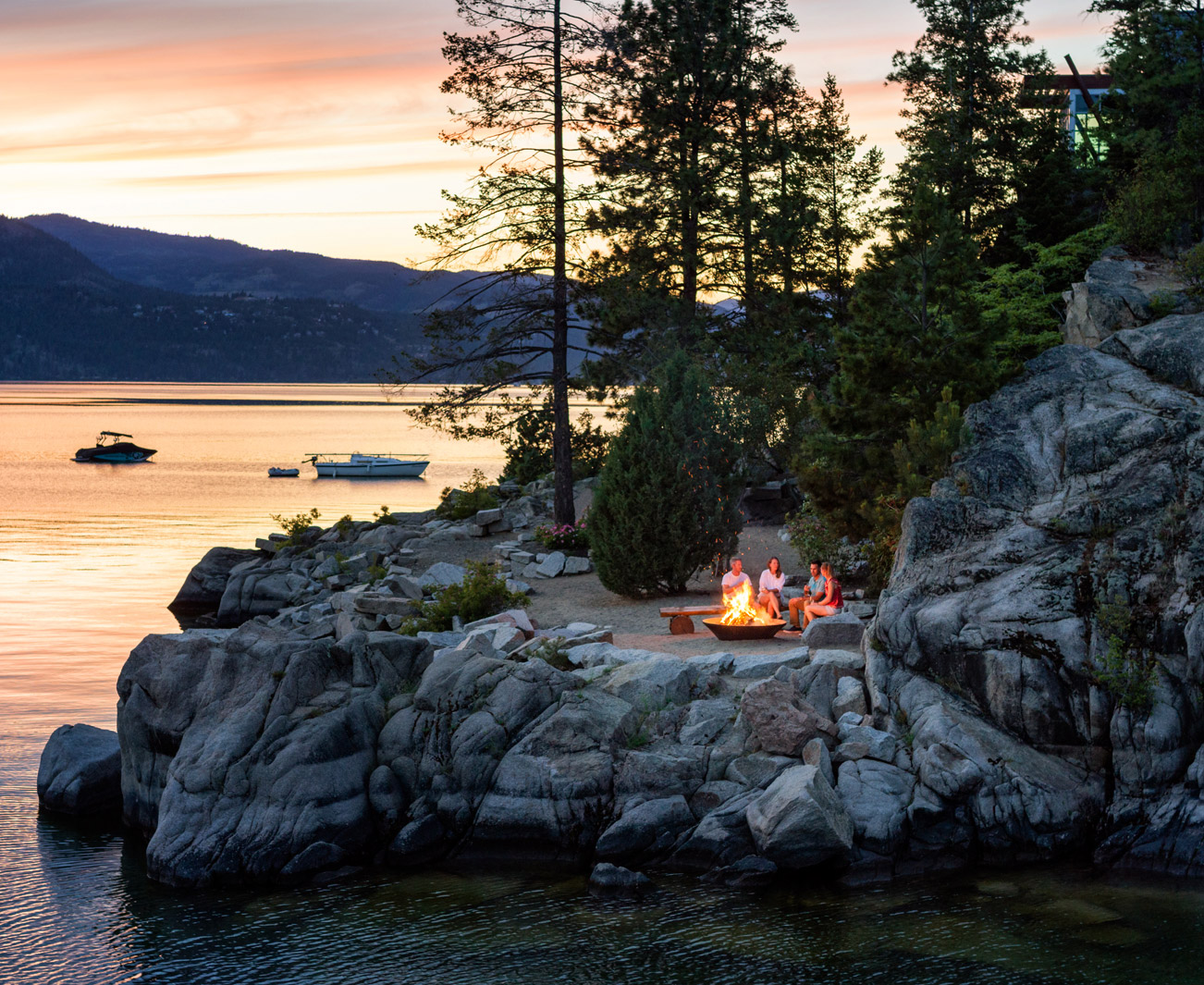
There are two types of drone licenses in Canada:
Basic licenses allow pilots to fly in uncontrolled airspaces, 30 metres away from people, three nautical miles from an airport and one nautical mile from a heliport. Photographers seeking a basic license must first pass an online exam.
Advanced licenses are required when the basic license conditions aren’t met. To get an advanced license, you must pass an online exam and a flight review through a drone flight school. This is the type of license I have and carry for every aerial photoshoot.
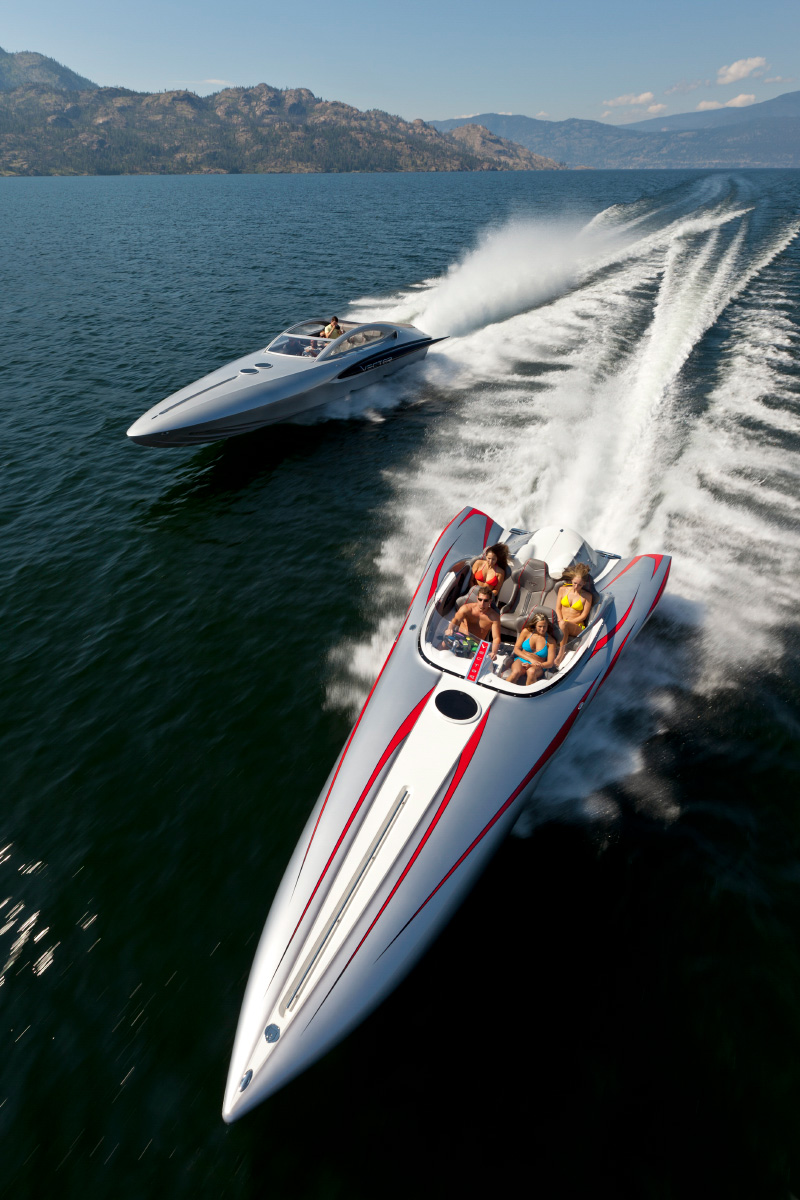
2. Can you fly a drone anywhere in Canada?
No. Never fly a drone near an airport, emergency operations, forest fires or advertised events such as at a music festival or parade.
If you’re planning an aerial photoshoot for an advertising campaign and your business is in a controlled airspace–such as near airports, heliports and aerodromes (Kelowna is almost entirely within controlled airspace)–your photographer needs an advanced license and must:
- Fly at 400 feet or lower
- Keep the drone within their sight at all times
- Register their drone and display registration on the drone’s airframe
- Notify NAV Canada of their flight plans and await permission
You should also be aware of how close you are to homes. This is especially important for real estate professionals looking to capture beautiful birds-eye perspectives and businesses located in residential areas. The best way to avoid any privacy issues is to let your neighbours know that you’ll be flying a drone in the area.
3. How do I get permission to fly a drone in Canada?
If your flight plans go beyond the boundaries of advanced operations, drones laws in Canada say you have to request a Special Flight Operations Certificate, also known as an SFOC, from Transport Canada.
You’ll need an SFOC if:
- You’re flying at an advertised event, such as a music festival, sporting event or parade
- Flying within three nautical miles of a military aerodrome
- Flying a drone that weighs more than 25kg
- Flying beyond the pilot’s line-of-sight
- Flying higher than 400 feet in the air
With stringent rules surrounding the use of professional drones, working with an experienced and licensed drone pilot is the best way to legally capture stunning aerial photography and videography.
I’ve spent decades in the sky photographing breathtaking moments that architects, hotel and resort owners, and real estate agents love. And, as a pilot of light aircraft, you can trust that I take safety and drone laws in Canada seriously.
Questions about your drone laws in Canada before your next aerial photoshoot? I’d love to help you capture your vision. Contact me online and check out my aerial photography portfolio to get started.
